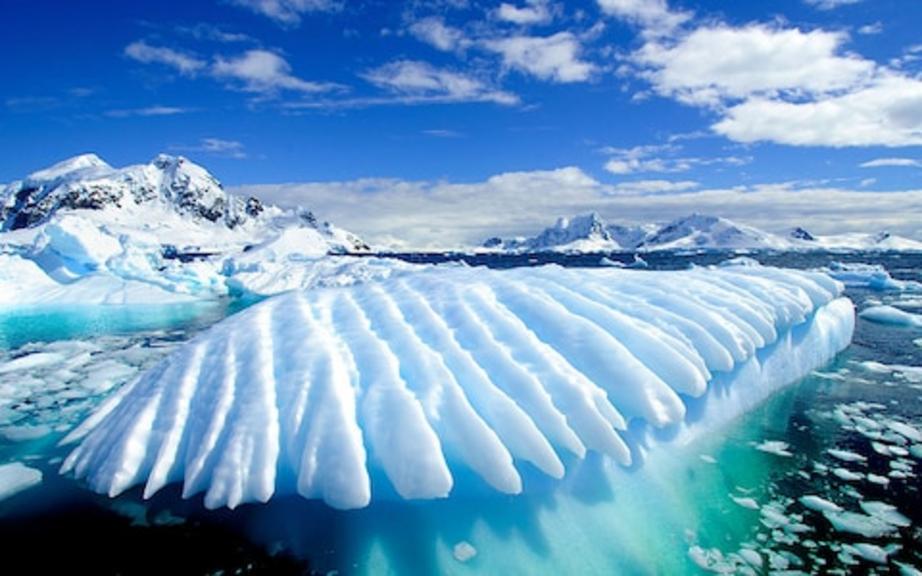Scientists find 280-million-year-old fossilized forest…in Antarctica
A team of geologists have discovered remnants of a 280-million-year-old fossil forest in Antarctica. They suggest that the trees of the forest survived through periodic extremes of total darkness and uninterrupted sunlight.
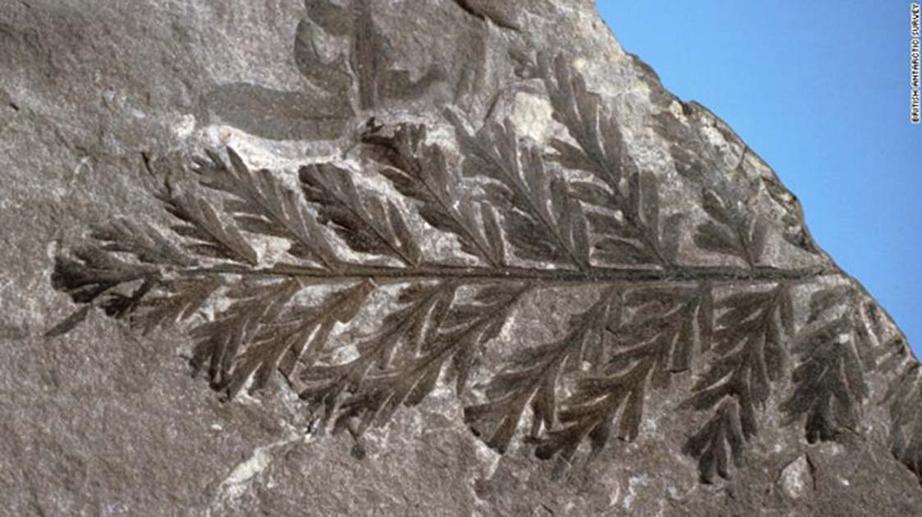 British Antarctic Survey
British Antarctic Survey
Older than the Dinosaurs
The Independent reported Erik Gulbranson and John Isbell of the University of Wisconsin-Milwaukee are behind this impressive discovery. The two scientists trekked across the Transantarctic Mountains during the continent’s summer, between November and January. They found 280-million-year-old tree fossils among the rocks where a leafy forest once grew. The geologists suggest this is the oldest polar forest ever found in Antarctica.
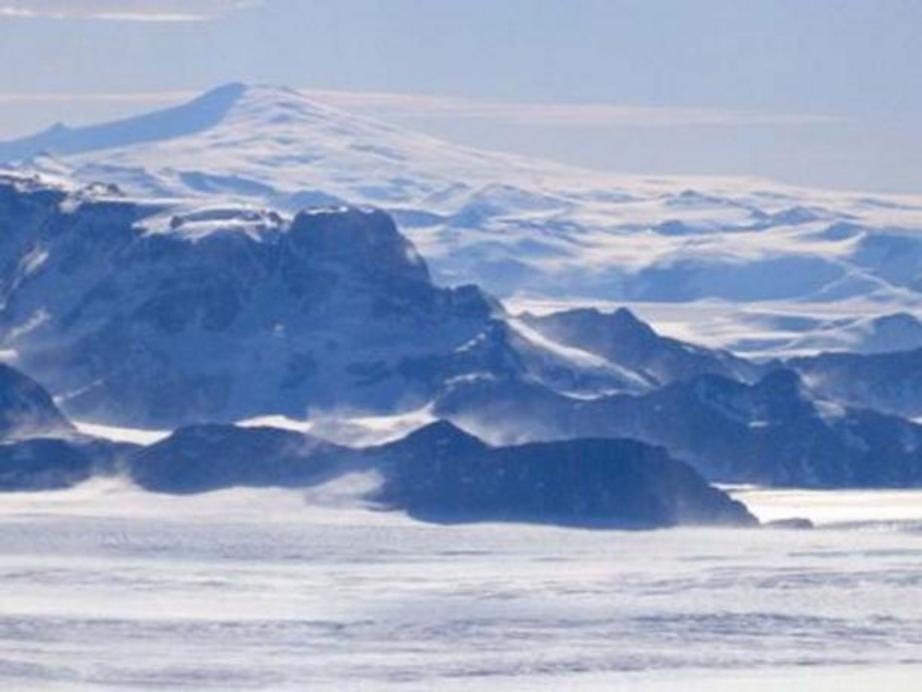
View from a plane of the front range of the Transantarctic Mountains. (Public Domain)
They had previously discovered fossil fragments of 13 trees estimated to be between 260 and 300 million years old, a fact that indicates that the forest existed even before the first dinosaurs appeared at the end of the Permian period. “Dating the fossils was one of my team’s biggest challenges,” Dr. Gulbranson stated in an interview with CNN, adding that the recent findings showed the polar forest’s age as around 280 million years old - though a margin of error could mean the trees were up to 20 million years older or younger.
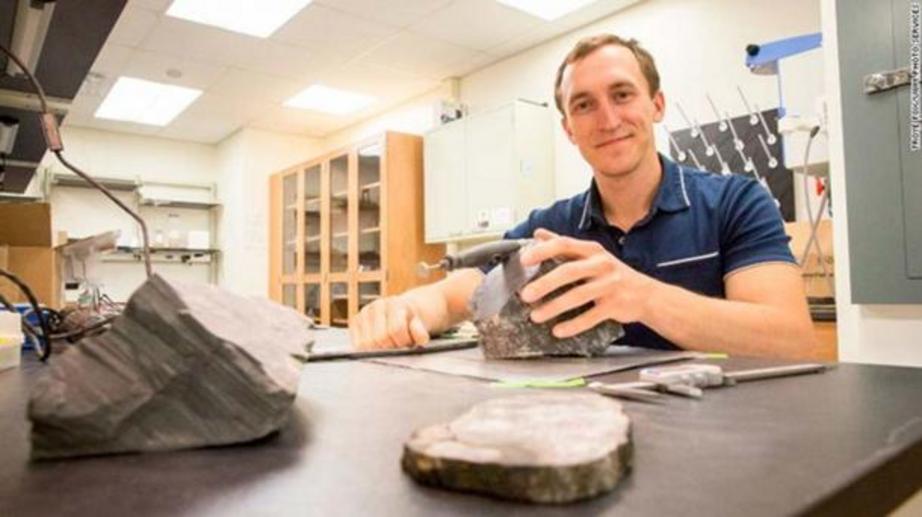
Dr. Gulbranson studies tree rings for clues about how these trees grew in polar ecosystems. (Troye Fox)
Motivated from that discovery, the scientific mission has now returned to the frozen landscape to understand how the forest could have flourished there. “People have known about the fossils in Antarctica since around 1910 but most of the region remains unexplored,” Dr. Gulbranson said via The Independent.
It Grew at a Latitude Plants Can’t Today
Apparently, the polar forest emerged at a latitude where plants can’t grow today, a fact that makes Dr. Gulbranson speculate that the trees probably had to have been a remarkably dynamic species in order to survive. “There isn’t anything like that today,” Dr. Gulbranson said, according to The Independent. And continued,
“These trees could turn their growing cycles on and off like a light switch. We know the winter shutoff happened right away, but we don’t know how active they were during the summertime and if they could force themselves into dormancy while it was still light out.”
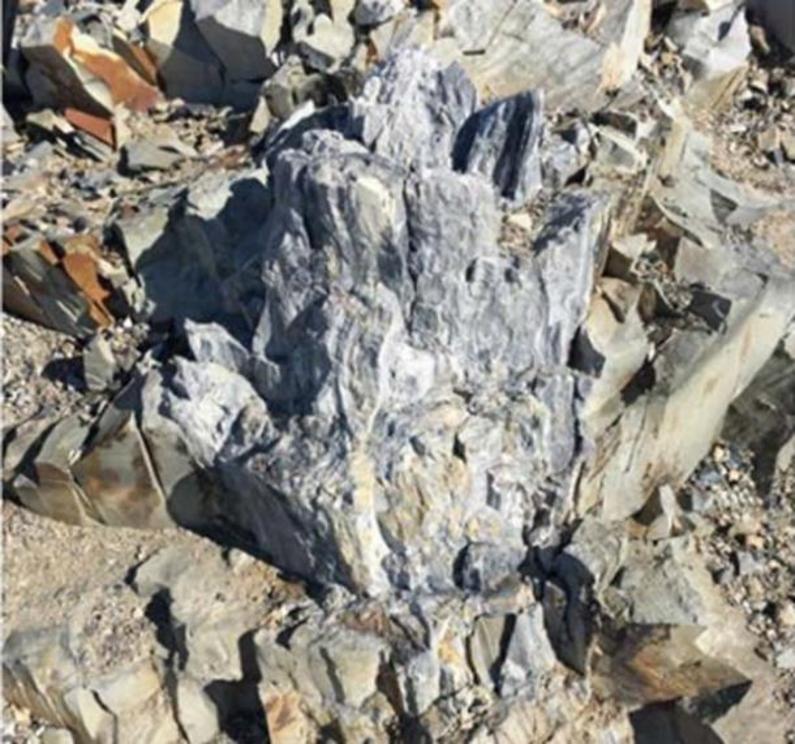
Tree fossils have been found in Antarctica. (Erik Gulbranson)
Absolute Darkness and Uninterrupted Light
The scientists believe that the trees of the polar forest survived under particularly unusual conditions, as they were living for about seven months in absolute darkness, followed by nearly five months of continuous light. During the Permian Period, Antarctica was much warmer than it is these days, and plant life became dominated by fern-like plants such as Glossopteris (the largest and best-known genus of the extinct order of seed ferns), which grew in swamps. Over time, these swamps became deposits of coal in the Transantarctic Mountains.
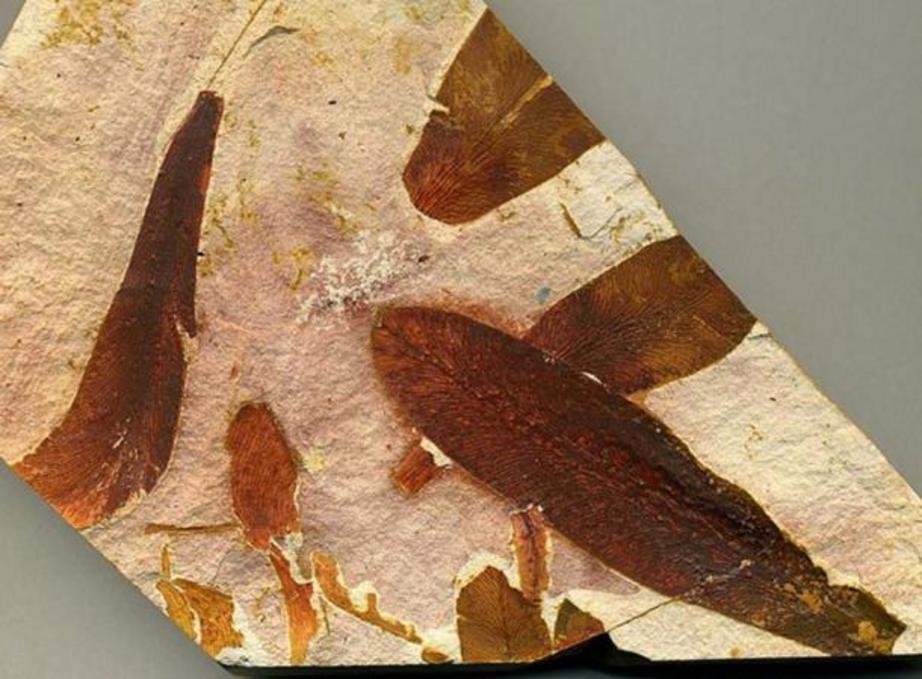
Fossil of Glossopteris leaves. (James St. John/CC BY 2.0)
Towards the end of the Permian period, continued warming led to a dry, hot climate over much of Gondwana, the Southern Hemisphere’s supercontinent that incorporated present-day Africa, South America, Arabia, India, and Australia. Impressively, the scientific team noticed that the trees managed to transcend from summer activity to dormancy – a period in an organism's life cycle when growth and development are temporarily stopped – during the winter, perhaps as fast as within a month.
What Caused the Forest’s Extinction?
Dr. Gulbranson noted that his team is now trying to understand the cause which led to the mass extinction of the forest. Even though no solid conclusions have popped up yet from the meticulous investigations, several scientists suggest that almost 90% of all species vanished from the face of the earth, the polar forest included, because of the higher global temperatures that followed throughout the years and ocean acidification, most likely caused by an injection of carbon dioxide in the atmosphere for nearly 200,000 years. “This forest is a glimpse of life before the extinction, which can help us understand what caused the event. It can also give clues to how plants were different than today,” Dr. Gulbranson told CNN, hoping that his work may help us to understand the effects of contemporary climate change a little better.
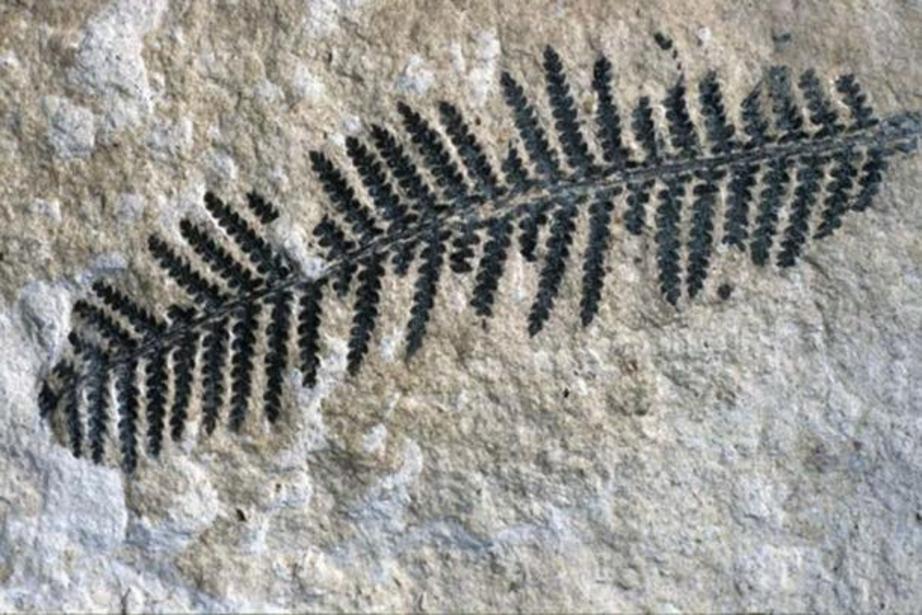
Fossil fern from Alexander Island, Antarctic Peninsula (Lower Cretaceous). British Antarctic Survey
For the rest of this article please go to source link below.
For full references please use source link below.

